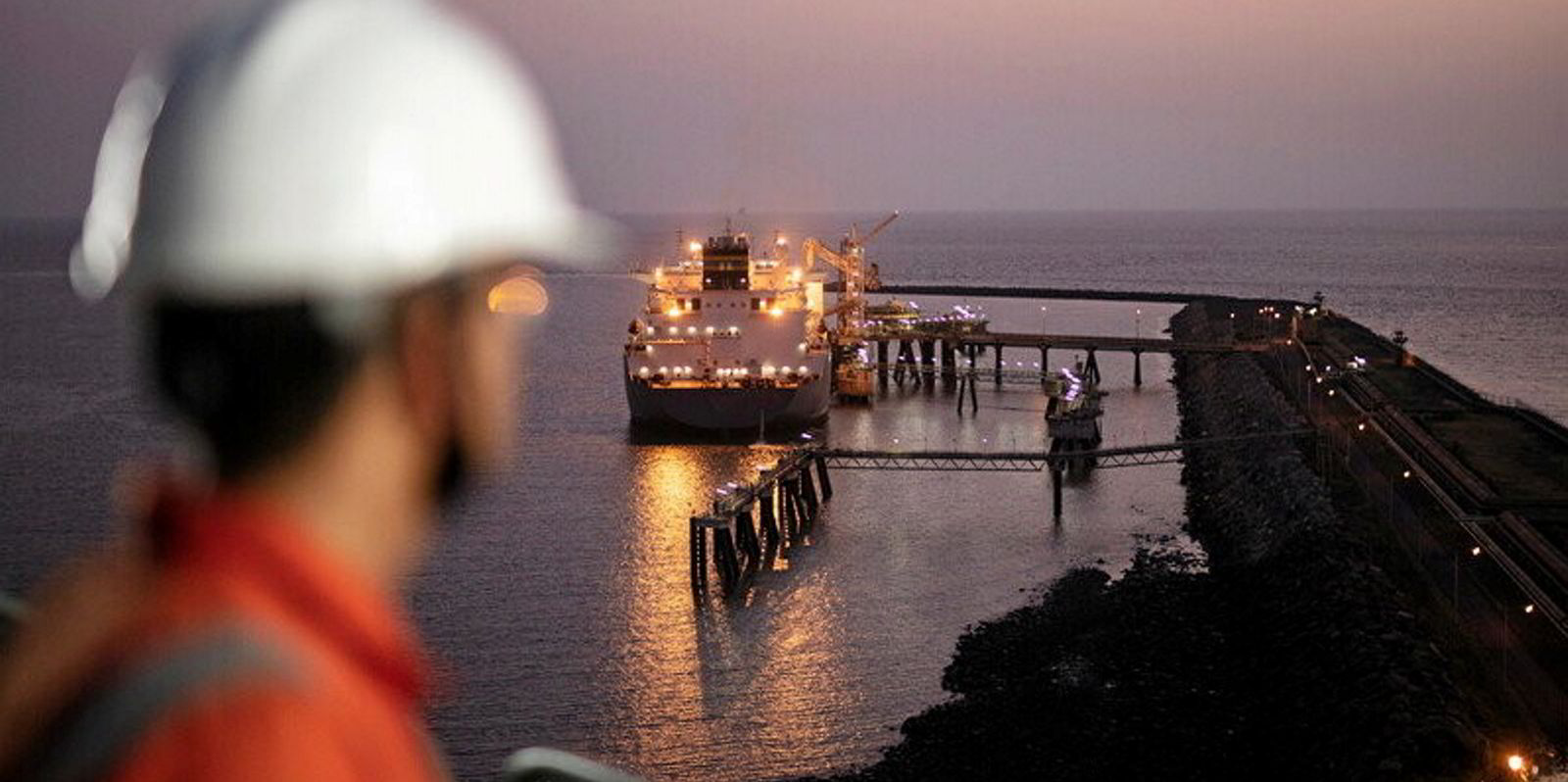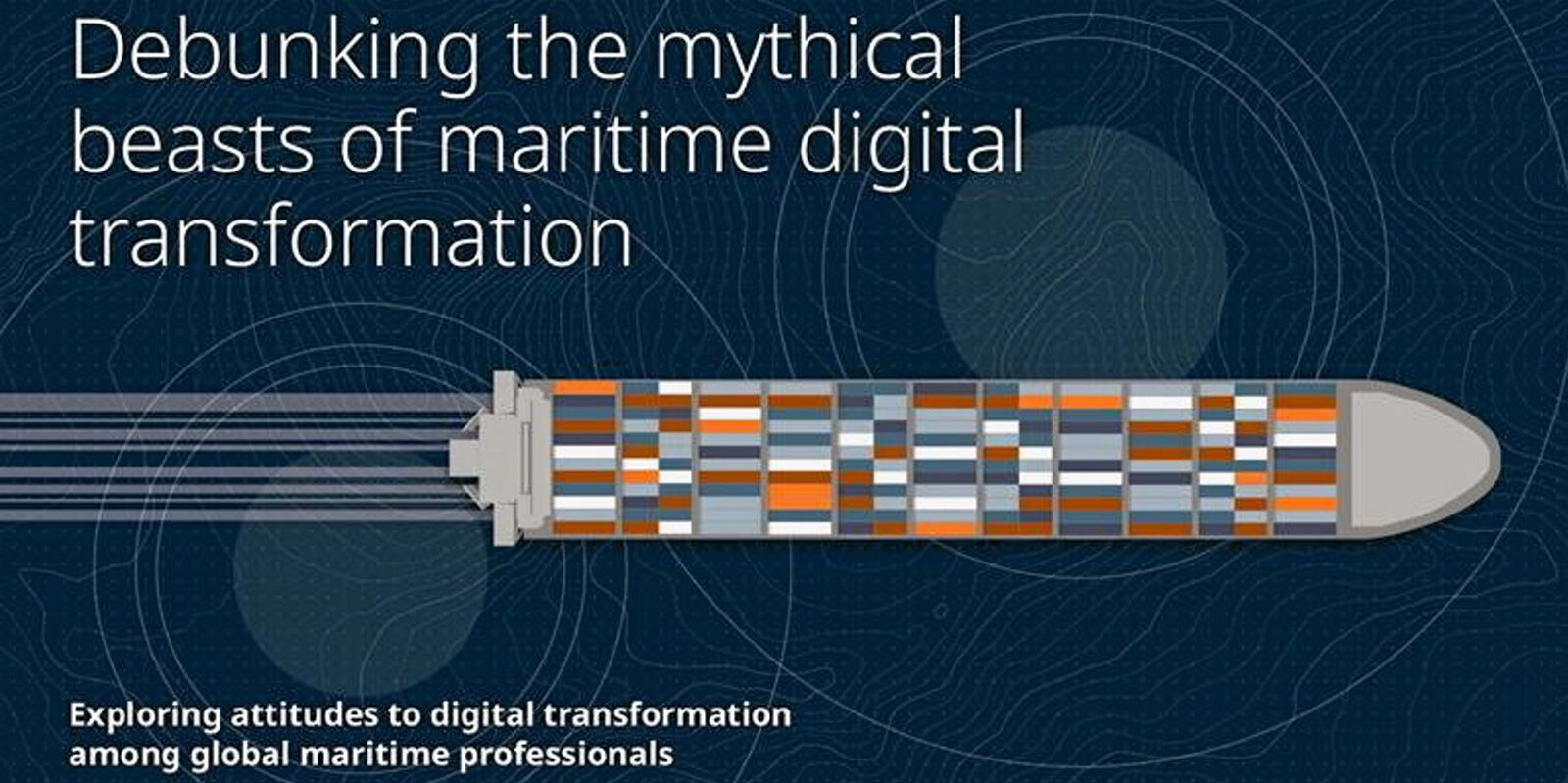Carl Henrickson’s title at Shell Shipping & Maritime is a case of doing exactly what it says on the tin. As general manager of technology, innovation & digitalisation, Henrickson oversees the energy giant’s research into future developments for its shipping activities.
At any one time, his department of about 60 people is looking at about 100 different technologies, in areas from safety to decarbonisation, to investigate whether they work and can be put into commercial use.
Henrickson came to Shell as part of its $53bn acquisition of BG in 2016 after a career as a master mariner on tankers and LNG vessels and ashore in commercial, operations governance and technical roles.
In his first few months at Shell, he was tasked by the group’s then-head of shipping, Grahaeme Henderson, to look first into digitalisation.
He discovered that fleet performance was being measured after the event on spreadsheets and not being used to improve anything. It was a relatively easy job to access data from ships and improve vessel performance quickly using “small data powerfully”.
It quickly gave rewarding results.

“We did it really simply using existing data feeds supplemented by manual data where required, used out-of-the-box business intelligence software and a range of dashboards, at one point 12, to create alerts that looked for suboptimal performance in real-time,” Henrickson told TradeWinds.
With an LNG carrier, it meant that with “a gas combustion unit going wrong, dollars were going up the stack and emissions increased”.
Just by being able to see things happening in real-time and making changes to repair or improve operations, Shell was able to save an entire LNG cargo worth $45m in the first six months.
That process still has mileage. The carbon intensity of the fleet was reduced by 32% between 2008 and 2018, but most of it was achieved in the early years.
Henrickson said: “Our research shows we believe there is about 25% up for grabs if we go after technologies and opportunities that are available to us today. That looks like a 60% improvement on carbon intensity from energy efficiency technologies from the 2008 baseline.”
From the charterers’ perspective with ships on short-period hires and low levels of data readiness, it is difficult to do much more than basic fuel performance optimisation, but he said there are a number of inexpensive off-the-shelf systems available to do that.
Getting started is important “because if we are not taking basic fuel optimisation measures when the earth is burning, then shame on us”.
With its longer-term period charter fleet, companies such as Shell can achieve a higher degree of connectivity and are able to access a lot of data from the integrated automated systems on its LNG carriers. Then, the question is what does it want to achieve with the information?
Until about mid-2020, much of Shell’s maritime technology research unit was geared towards developing standard shipping projects, but since then there has been a major push towards focusing on decarbonisation.
Data graduates can knock up systems quickly, Henrickson said, although not everything works out or is commercially viable.
Probably 60% of the research and development never sees the light of the day, he said.
“We work on a very wide-open funnel at the front end: that no ideas are stupid. Tell us what you think might work and we will kick it around for a while and strip out the projects that won’t work.”
But there are significant success stories. JAWS is one of them.
Our research shows we believe there is about 25% up for grabs if we go after technologies and opportunities that are available to us today
— Carl Henrickson
For JAWS, which stands for just add water system, he said Shell asked a group of data graduates to come up with software that could advise how best to enhance a vessel’s draught and trim at any given speed to reduce fuel consumption and emissions.
The solution “essentially looks at how a ship is articulated in water in real-time with a machine learning algorithm that can adjust how that ship articulates to improve fuel performance”, he said.
More simply put, that means adding or discharging ballast water while a ship is in motion at sea to ensure it is moving most efficiently through the water. It can mean the system advising some counterintuitive measures, like adding ballast water to lower the ship in the water, but it has proven to reduce fuel consumption by about 7%.
JAWS is being implemented across Shell’s full fleet of long-term time-chartered LNG carriers, which was initially 45 vessels but is increasing with newbuildings, and the system is commercially available to other operators through a licensing deal with Norwegian technology group Kongsberg.
Henrickson said Shell will be announcing other algorithm-based digital systems to improve vessel performance this year.
One will be a software system, likely to be called Propel, that can separate the performance of the hull and propeller. “It’s been the panacea. We have tried for years to separate the two and never quite been able to do it. We have done it now,” he said, adding that he could not say much more yet as discussions were underway as to how to commercialise the product.
“We have got about 20 of those [vessel performance systems] that we are assessing in that space around algorithms and data-driven insights that will give us similar optimisation solutions,” Henrickson added.
“One thing Shell does well is process, and we have very robust ways of stage-gating: what gets approved and what does not. We have had a really good run of form on the decarbonisation side: we have some really smart folks working in that space,” he said.
But it is not just about technology for Henrickson, who originally trained as a psychologist.
“The technology will happen, but this is a very human endeavour this energy transition.” Behaviours need to change and there must be more collaboration for the greater good, he said. “We are talking about an entire energy system change — we have never had to deal with anything like this before. We are going to have to be more creative.”






